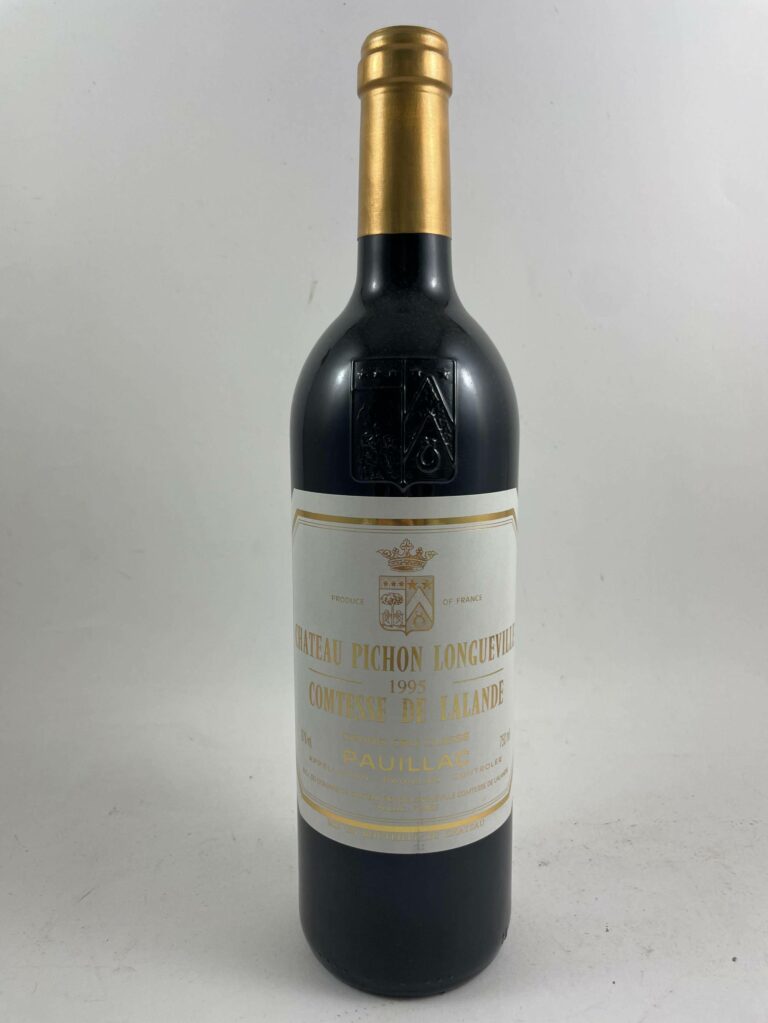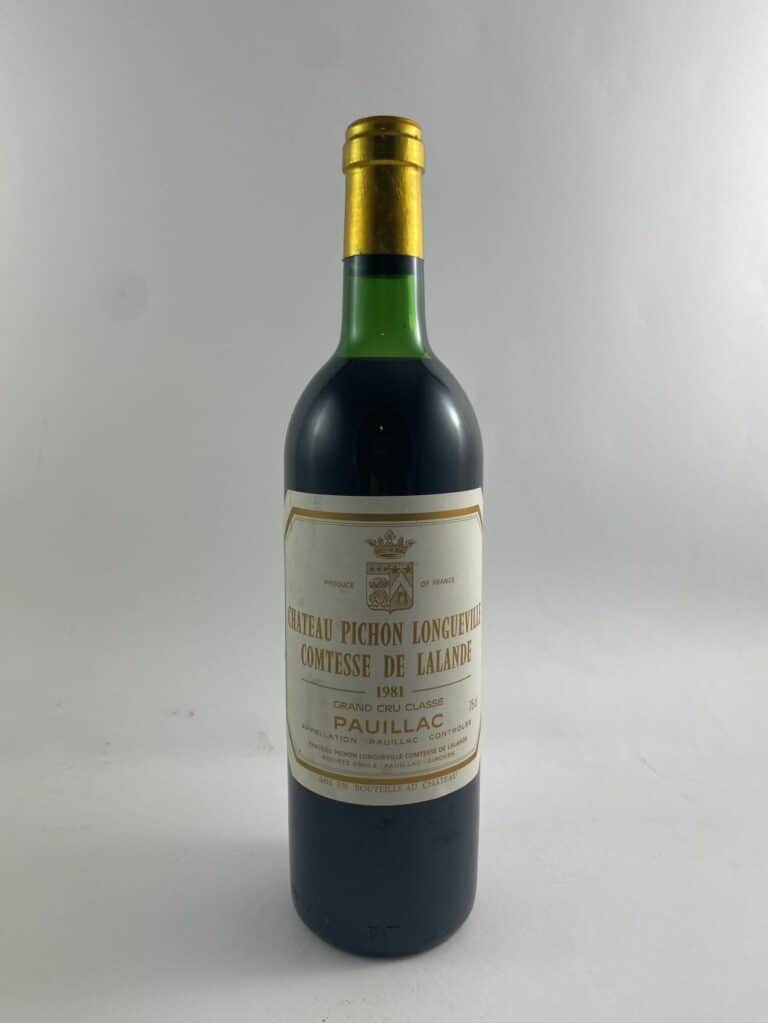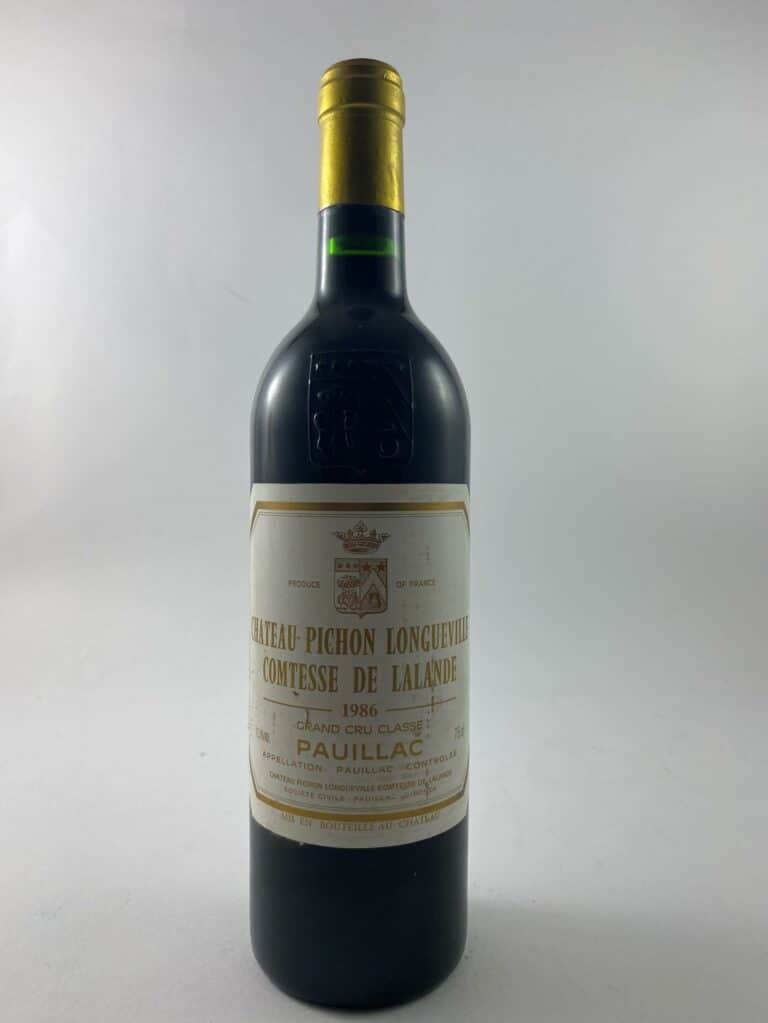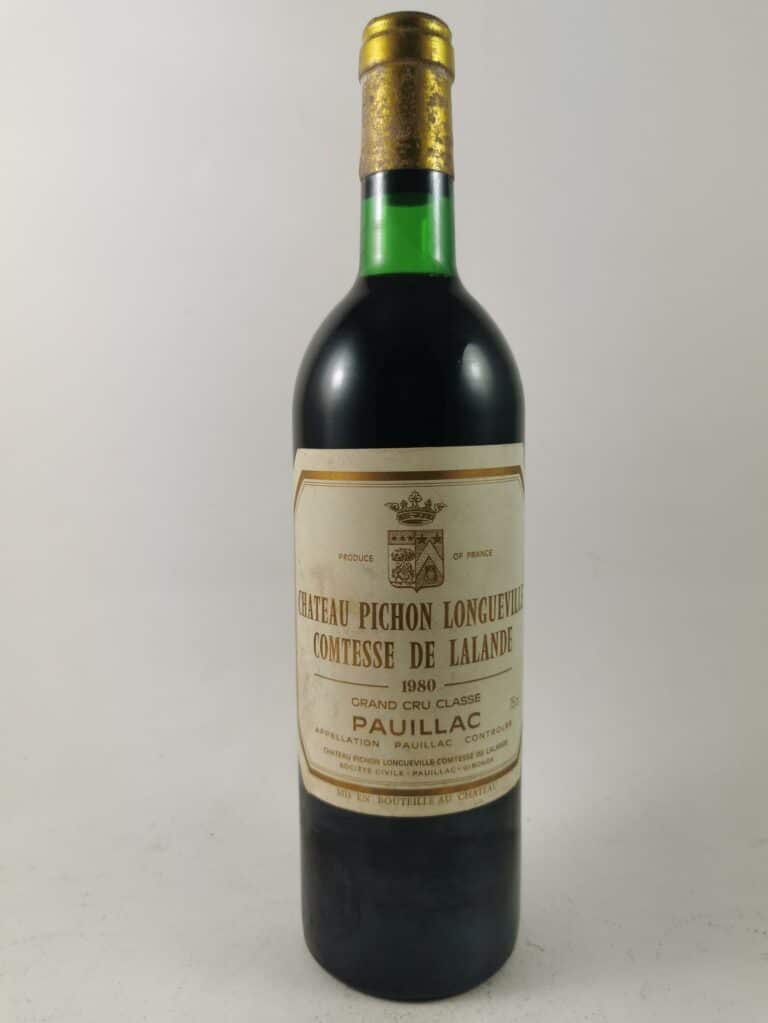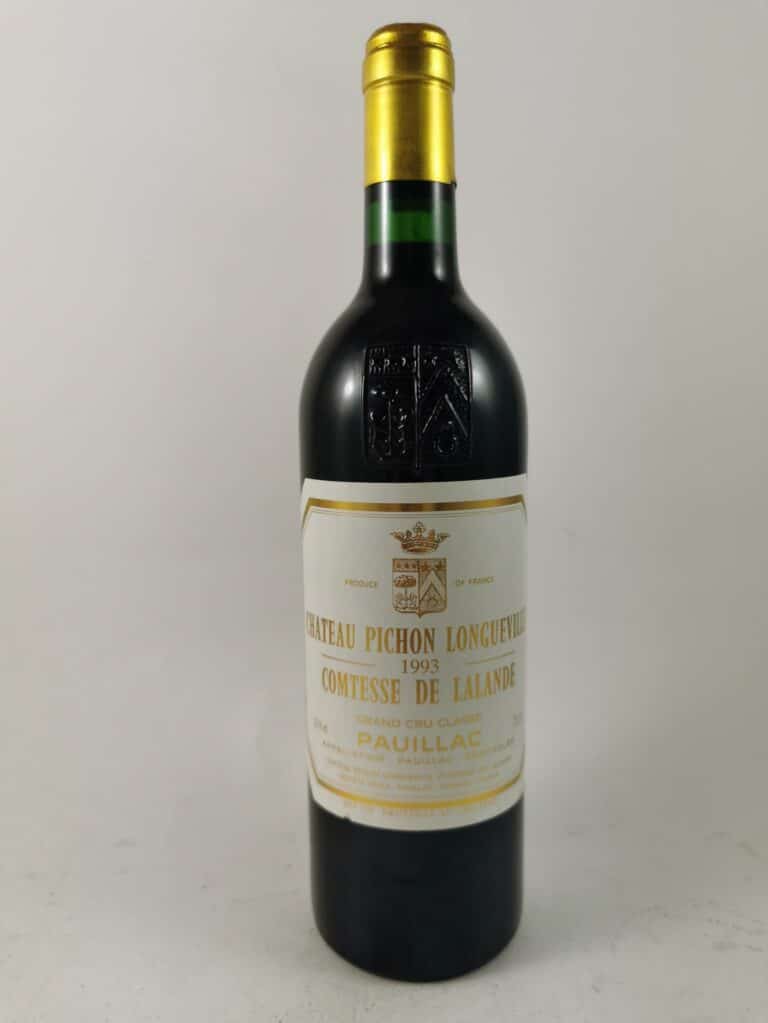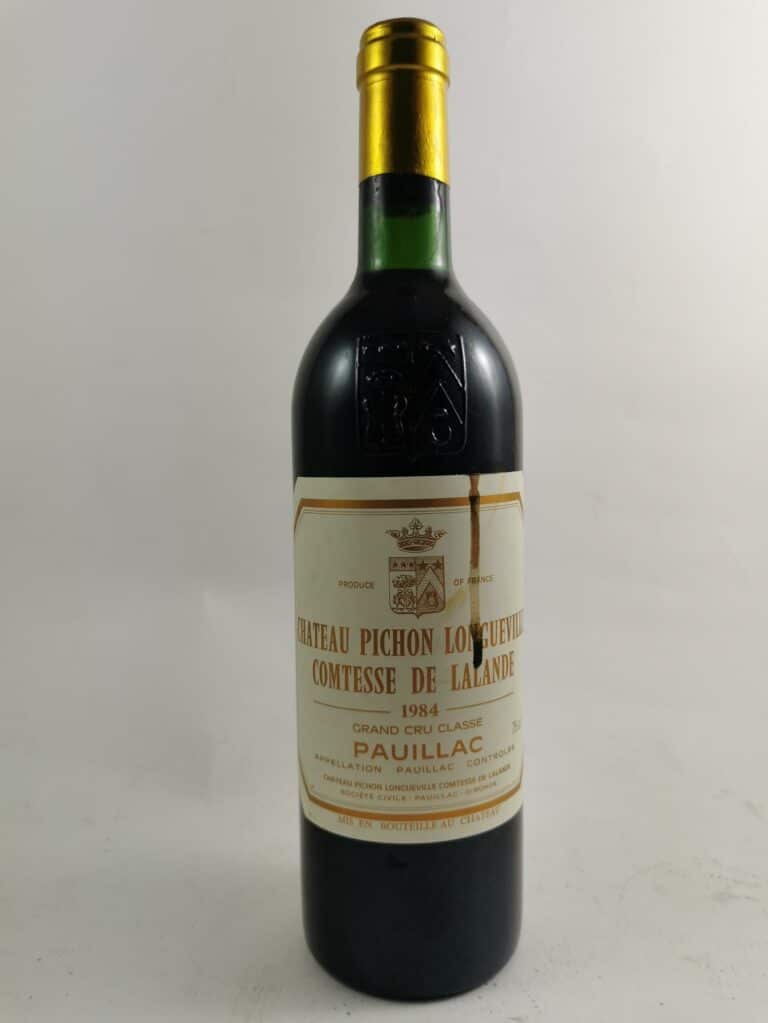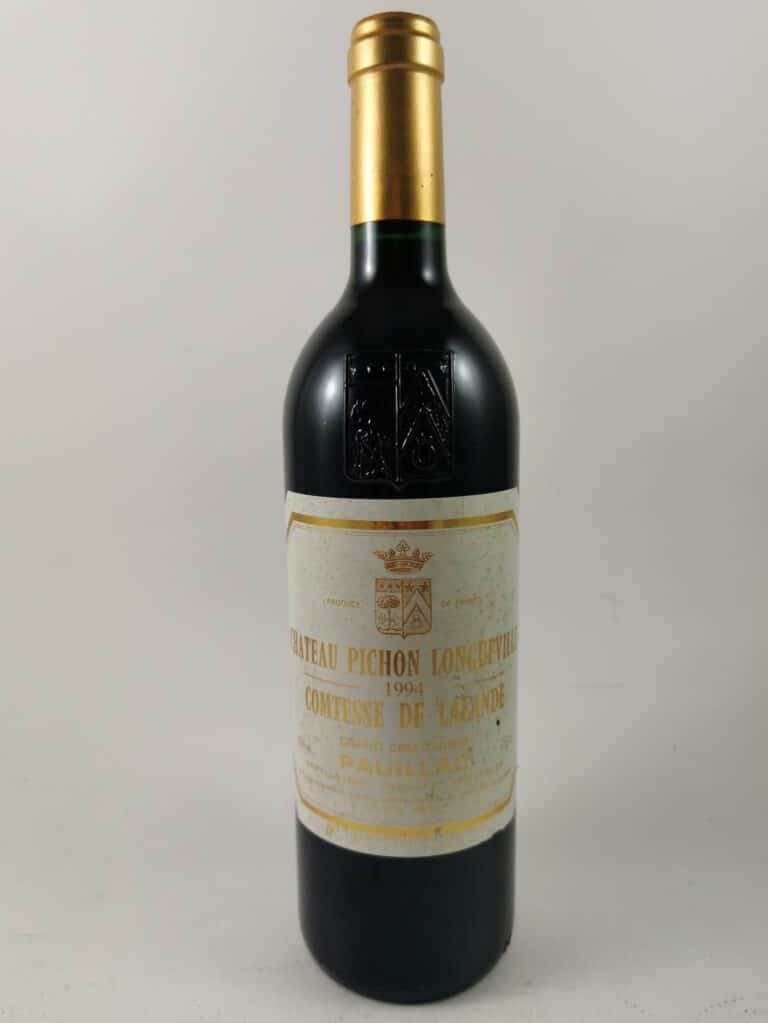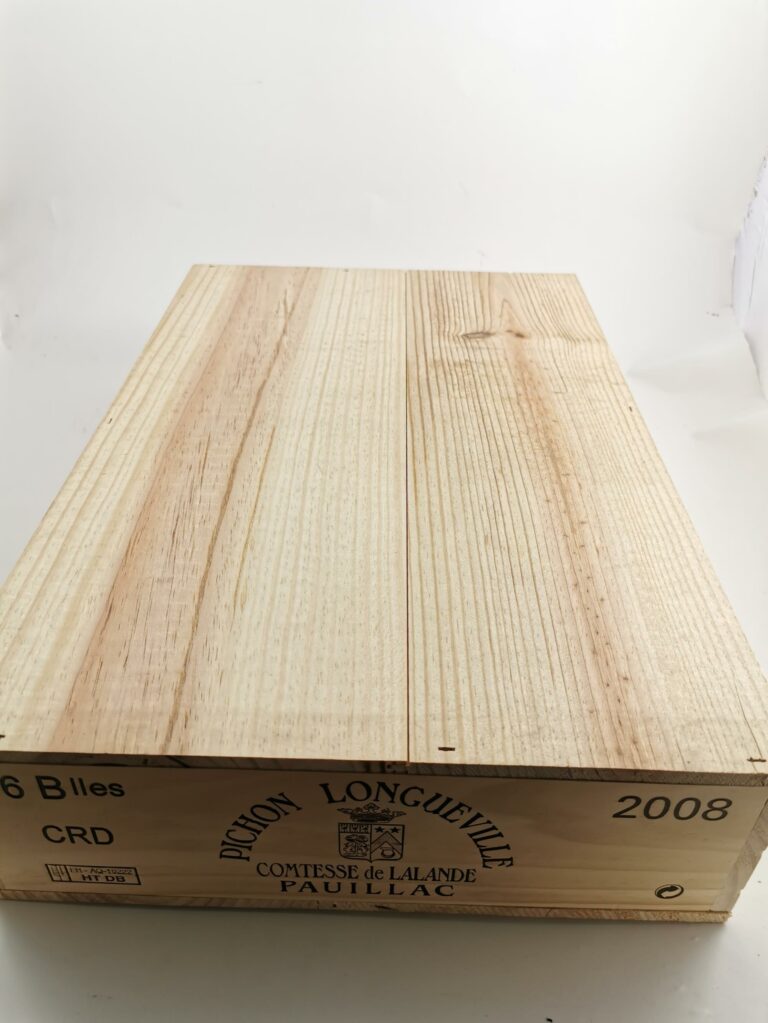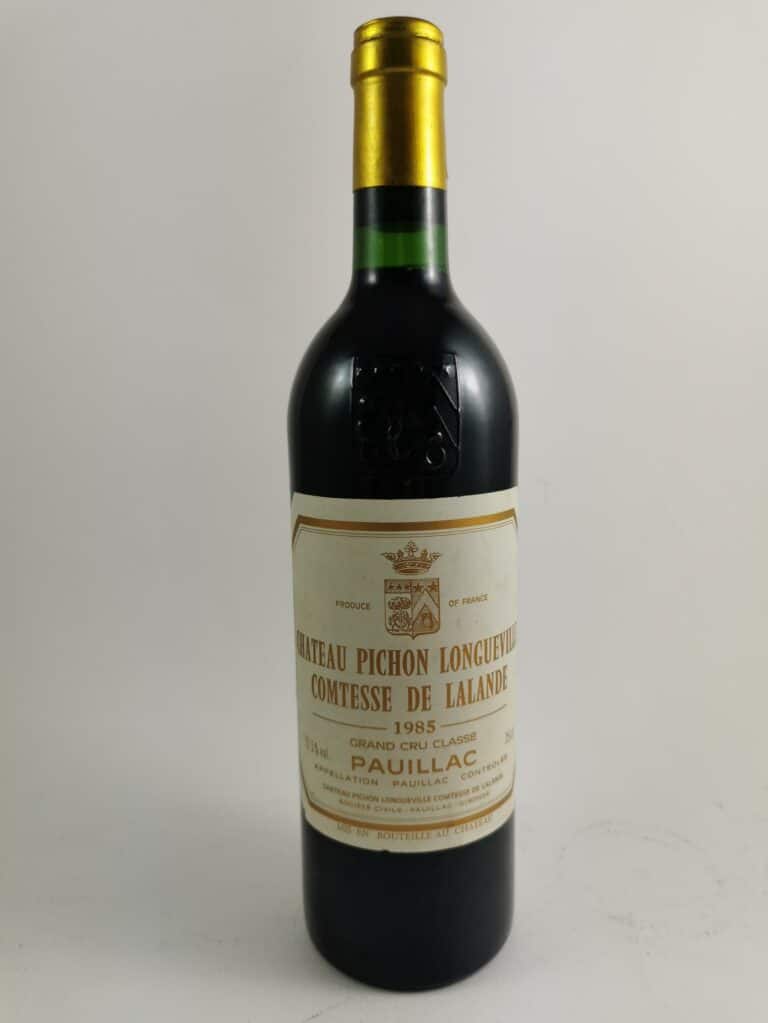Château Pichon Longueville Comtesse de Lalande
The origins of Château Pichon-Longueville Comtesse de Lalande
In 1686, Pierre de Mazure de Rauzan, a wealthy merchant and bourgeois from Bordeaux decided to found a wine estate on the border between Pauillac and Saint-Julien, “L’Enclos Rauzan”. He bought parcels of vines close to the present Château Latour, which covered 80 hectares of particularly poor and sandy soil. Not far away, the ocean and its sea breeze allow the vines to develop without disease.
In 1964, his daughter Thérèse received the estate as a dowry for her marriage to Jacques Pichon Longueville, a well-known political figure in Bordeaux. The property will change its name to Pichon Longueville. From the 18th century onwards, the Château and its wine were strongly influenced by the baronesses of Pichon Longueville, namely Thérèse de Rauzan, Germaine de Lajus and Mari Branda. With their feminine touch, they participated in the development of the domain until the eve of the Revolution.
Later, at the age of 19, the young baron Joseph de Pichon Longueville inherited the castle following the death of his mother Marie de Terrefort. In 1850, then in the last years of his life, he divided the estate among his five children equally. Château Pichon-Longueville was born from this sharing, with Virginie, daughter of Baron Joseph and wife of the Count of Lalande, as the emblematic figure. She became independent and built the castle that bears her name. In 1855, at the time of the classification carried out under Napoleon III, the château reached the rank of second classified growth.
In 1925, Edouard and Louis Miailhe bought the estate following difficult years when the vineyard had been devastated by oidium, mildew, fraud but also the Great War and its economic slowdown. Rigorous, they reorganized the estate and contributed to its rebirth. In 1978, May Eliane de Lencquesaing inherited the Château and became its owner for nearly 30 years. Under her command, the vineyard took on a new dimension and she made numerous investments, equipping the vineyard with modern, high-performance equipment. Managed with passion, the wine will obtain an international reputation.
In 2007, she sold the property to the Roederer Champagne House. This family business already owns two other vineyards in the Bordeaux region, Château de Pez and Château Haut Beauséjour. A third family in three centuries now presides over the destiny of Château Pichon Longueville Comtesse de Lalande, with the ambition to preserve its warm and traditional spirit.
In 2009, the Roederer group began a titanic work of relocation, investment and construction of a new technological cellar with investments exceeding 30 million euros.
Nicolas Glumineau, director of Château Pichon Longueville Comtesse de Lalande and assisted by Frédéric Rouzeau, technical director, now manages the vineyard. Anxious to preserve the quality already achieved for decades, he ensures that the estate is maintained at a very high level.
The terroir of the wines of Château Pichon-Longueville Comtesse de Lalande
The estate and more generally the region of Pauillac benefit from a temperate oceanic climate. Chateau Longueville exploits a terroir essentially composed of gravel on clay which favors an excellent drainage.
The hectares of vines located on the Pichon plateau and stretching across the commune of Saint-Julien to the south of Pauillac have a particular grape variety. This one made the wines of Château Pichon Longueville Comtesse de Lalande known to be the most feminine of the appellation.
The structure, the framework of the wine and its longevity are underlined by the 45% of Cabernet Sauvignon, major grape variety of Pauillac. More surprisingly, the proportion of Merlot is 35% which brings color, suppleness and roundness. The wines are also composed of 12% Cabernet Franc and 8% Petit Verdot.
The vinifications
For the vinification of its grapes, Château Pichon Longueville Comtesse de Lalande has opted for the traditional method of harvesting by hand. Once the harvest is received, it is destemmed and crushed and the grapes are sent to the vat room where thermo-regulated stainless steel tanks are lined up. Their capacities vary, which allows a precise and rigorous selection of parcels. The vatting time varies from 18 to 24 days depending on the year.
Since 1970, the reputation of Château Pichon Longueville Comtesse de Lalande has continued to grow and the estate has established itself as a “super second” and “almost first” because of its consistent quality. A first selection of grapes will give birth to the great wine of Château Pichon-Longueville Comtesse Lalande, then from a second selection will come the second wine “Réserve de la Comtesse”.
Following the blending, the wine is put into oak barrels. These come directly from the forests of the Allier and the Nièvre. The wood will ennoble the wine, give it aromas and tannins and little by little it will acquire the smoothness that is missing in its youth. The Grand vin de Pichon Longueville Comtesse de Lalande is aged for 18 months in barrels, 50% in new oak and 50% in one year old oak. The second wine, Réserve de la Comtesse, receives only 25% new oak.
The wines of Château Pichon-Longueville Comtesse Lalande
Two Bordeaux wines are produced at the estate:
- The Grand Vin de Pichon Comtesse Lalande, with an annual production of 340 000 bottles
- Reserve de la Comtesse, the second wine that was created and put on the market in 1973. It represents today 20 to 50% of the total production of the Château
The Grand Vin is distinguished by its complexity, elegance and roundness. On the nose, there are aromas of blackcurrant, violet, vanilla, cinnamon and tobacco. On the palate, the structure is assertive with tannins well present, ripe and melted. Surprisingly supple, it has a perfect harmony and a nice length.
We also find in this red wine, a beautiful roundness and finesse with its aromas of red fruits and its delicate wood.
Les meilleurs millésimes de ce vin de Pauillac : 2009, 2008, 2006, 2005, 2001, 2000, 1996, 1995, 1989, 1988, 1987, 1986, 1985, 1983, 1982, 1981, 1979, 1978, 1975, 1970, 1966, 1961, 1959, 1949, 1947, 1945.
Are you interested in the wines of Pauillac? See also our wines for the following domains:
